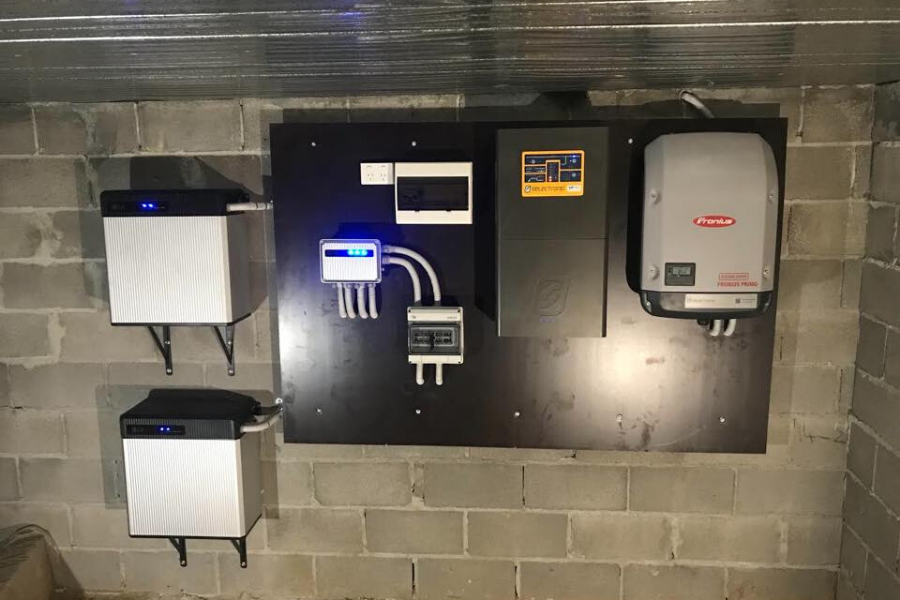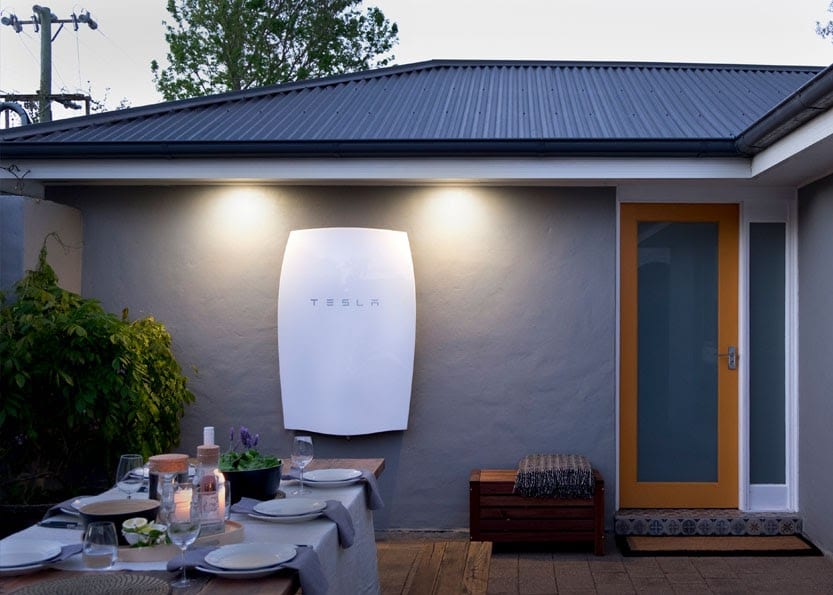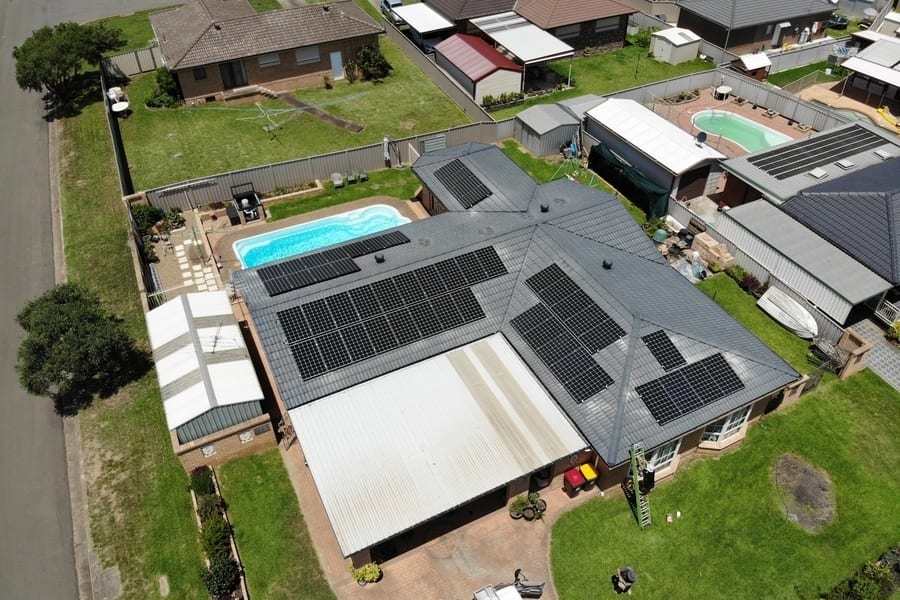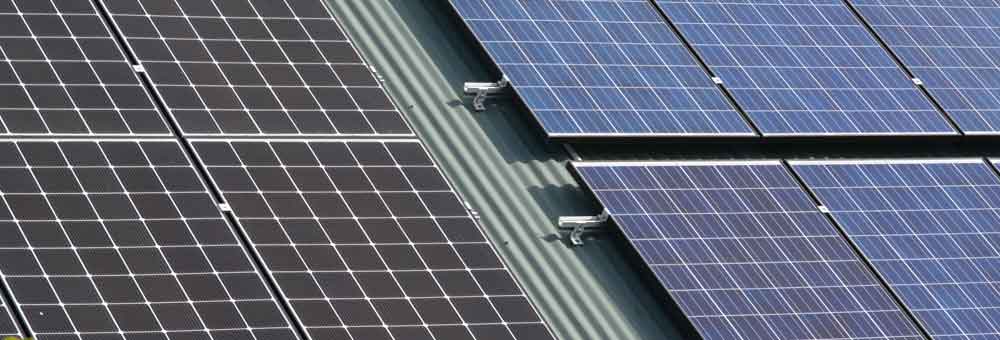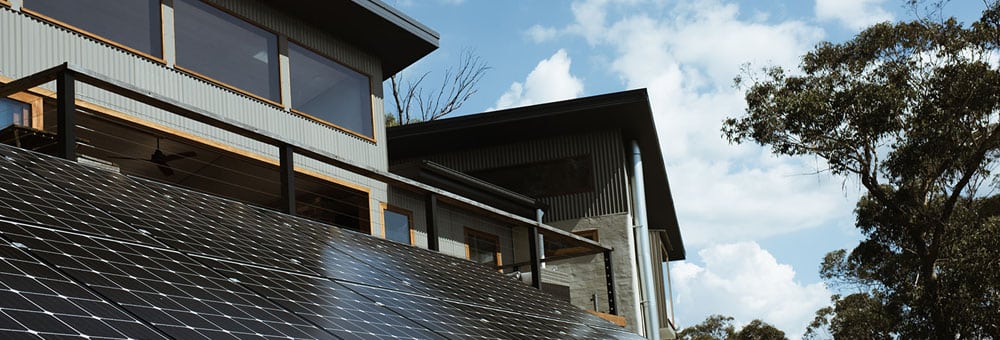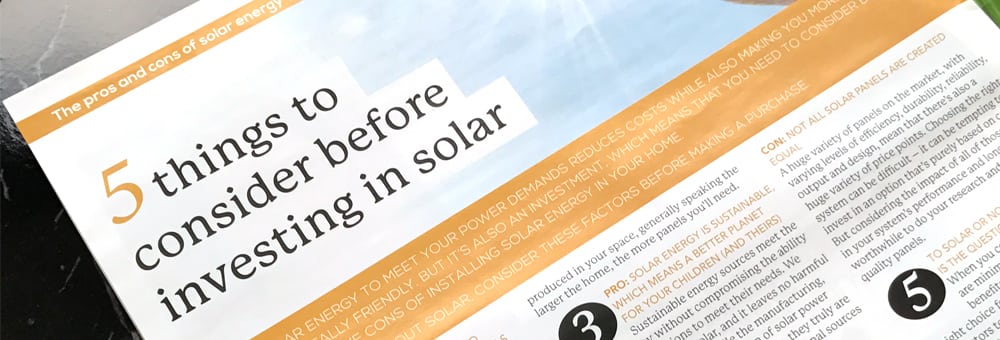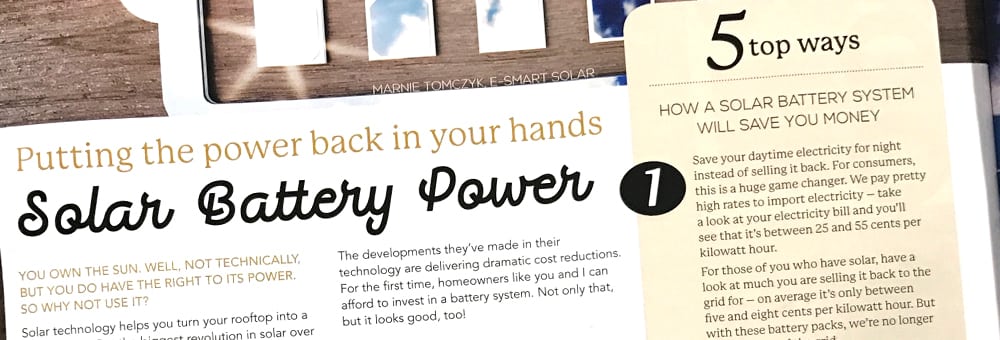Whether you need micro-inverters or string inverters in your solar system, and which of those would be the best choice, has to be considered carefully when you are purchasing a system for your home. In order to make the right choice, you need an understanding of both of these inverters, what they do, and how they are different from one another. The pros and cons of each are also important. Here is what you need to know.
What Are Micro-Inverters?
Micro-inverters are used under each solar panel, to convert the sun’s energy to electricity. The advantage of this kind of inverter is that it is harnessing all the power right at the panel. That means you will get the maximum electricity production to the electric grid or your fuse box. It is also easy to expand your system when you have micro-inverters installed because you can simply add more panels and more inverters. It is an easy way to add on to what you already have at a later date.
What is the Inverter’s Role in a Solar System?
In a solar system, the micro-inverter is designed to make the most of what you are getting from the sun. It does this by being strategically placed at each solar panel, instead of being in another location. Its proximity to the solar panel matters, because it minimizes loss of the collected energy before that energy is turned into usable electricity for your home. This is just one of the advantages it has over a string inverter.
What is a String Inverter?
A string inverter is a unit that is installed as a stand-alone option. Typically, it is located near the fuse box and electric meter. It creates electricity from the strings of solar panels to which it is connected. Most residential solar panels have only one string inverter. Some larger systems may use two. These are easy to replace if they fail, and only needing one of them is a benefit of using this type of inverter. But you risk losing a lot of the energy you collect, as it travels from the solar panels to the inverter.
How Much Does a Micro-Inverter Typically Cost?
While micro-inverters are much smaller than their string inverter counterparts, they are also more expensive. This can add between 20 to 30 percent more to the price of a solar system. The price of these inverters is coming down, though, and eventually, the extra cost of using them will be minimal. Still, it is important to remember that there are a lot of them needed — one for every panel. Additionally, they are on the roof. Trying to maintain or replace them can be more difficult due to their location, and they are also more subject to the effects of weather. Still, they are popular with a lot of people because they help maximize the value received from a solar energy system.
It is important to weigh the pros and cons of micro-inverters and string inverters when it comes to your individual budget, needs, and situation. That can make it easier for you to determine which one will be right for you.
If you are interested in installing solar on your Blue Mountains, Penrith or Emu Plains home, contact E-Smart Solar for a quote.

